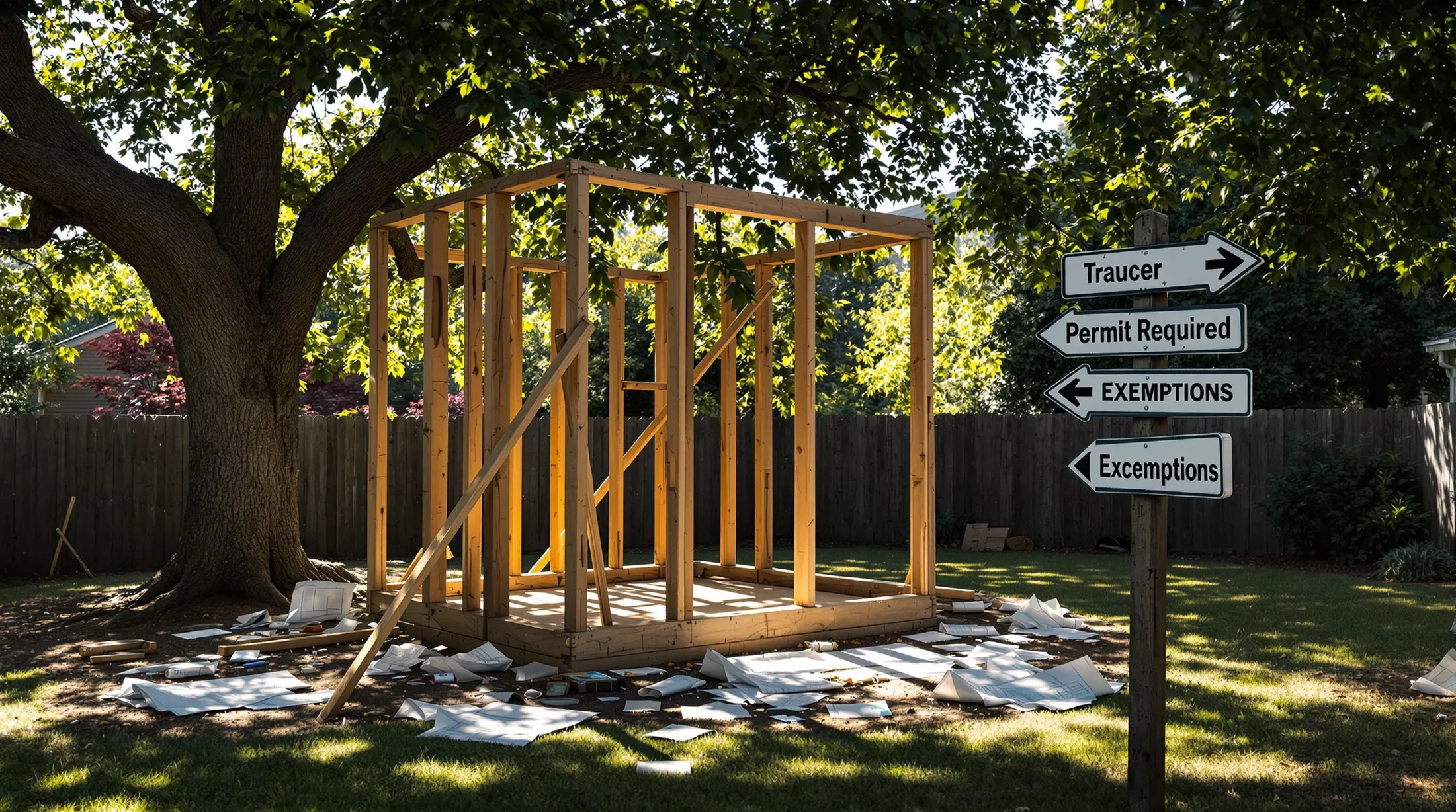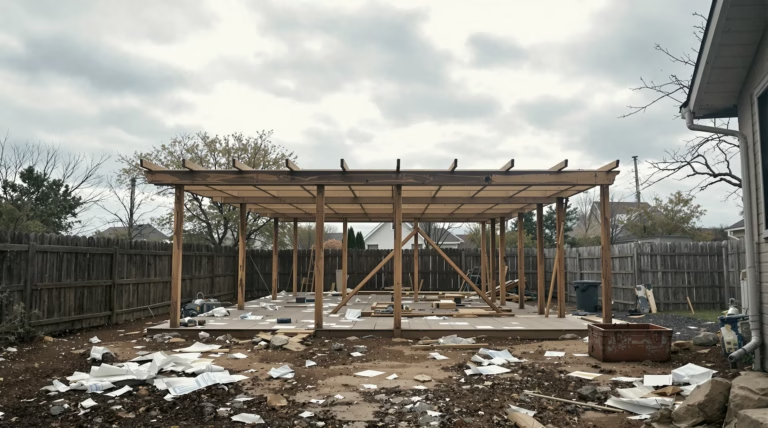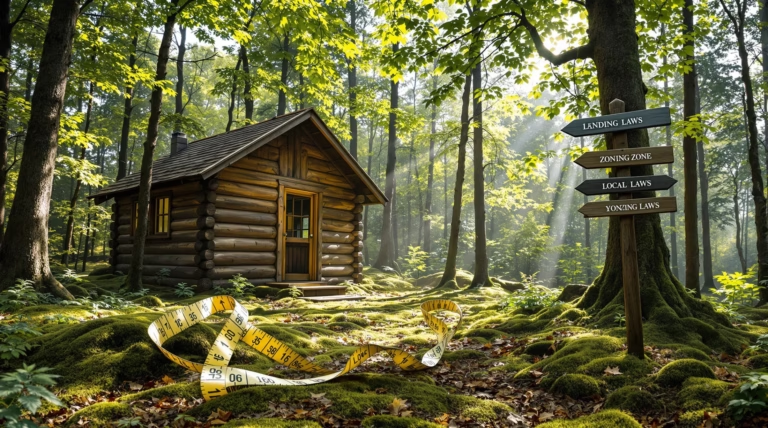Can I Build a Shed Without a Permit? Essential Guidelines
Planning to build a storage shed on your property? Before grabbing your tools and materials, it’s crucial to understand the permit requirements in your area. Let’s explore when you need a permit and what regulations you should consider to ensure your project stays within legal boundaries.
Understanding Shed Building Permits
When planning to build a shed on your property, one of the first considerations should be whether you need a building permit. A shed building permit is an official authorization from your local government that allows you to legally construct a storage structure on your property. While it might seem like an unnecessary hurdle, these permits serve important purposes for both homeowners and communities.
Many property owners wonder if they can simply build a shed without obtaining a permit. While technically possible, proceeding without proper authorization when required can lead to significant complications. Most jurisdictions have specific regulations regarding shed construction, with exemptions typically based on the structure’s size, height, and intended use.
What is a Shed Building Permit?
A shed building permit is a document issued by your local building department that grants you legal permission to construct a storage structure on your property. This permit confirms that your proposed shed complies with local building codes, zoning regulations, and safety standards.
- Requires submission of detailed plans
- Must include shed dimensions
- Needs specification of materials
- Requires property location details
- Must comply with setback requirements (typically 6 feet from property lines)
Why Permits are Required for Sheds
Building permits for sheds serve multiple important purposes that protect both property owners and communities. Here are the key benefits:
- Ensures structural safety and compliance with building codes
- Maintains neighborhood aesthetics and property values
- Provides documentation for insurance coverage
- Facilitates accurate property tax assessments
- Prevents potential complications during property sales
When You Can Build a Shed Without a Permit
Many jurisdictions allow construction of small sheds without permits, typically those under 120 square feet (11 square meters) in floor area. A 10×12 shed is often the largest size that falls within this exemption. However, even permit-exempt structures must comply with local regulations regarding setbacks and height restrictions.
Shed Size and Height Restrictions
| Feature | Common Permit-Free Limits | Special Considerations |
|---|---|---|
| Floor Area | Up to 120 sq ft | Varies by jurisdiction |
| Height | 12 feet maximum | Measured from ground to highest point |
| Texas Exception | Up to 200 sq ft | Must not exceed 15 feet in height |
Local Zoning Laws and Regulations
Even permit-exempt sheds must comply with local zoning laws and regulations. These requirements typically include:
- Setback requirements from property lines (5-10 feet typical)
- Restrictions on exterior materials and colors
- Limitations on shed usage and purpose
- Compliance with homeowners association rules
- Placement restrictions relative to existing structures
Steps to Take Before Building a Shed
Proper preparation before starting your shed project can prevent significant time, money, and legal complications. While building a shed without a permit might be possible, rushing into construction without due diligence often leads to costly mistakes. Even permit-exempt structures must comply with local regulations, including setback requirements and height restrictions.
- Research applicable building codes
- Understand size limitations for your area
- Check property line setbacks
- Consult with local authorities
- Verify permit exemption thresholds
Most jurisdictions allow sheds under 120 square feet without permits, but these exemptions vary widely. Some areas permit structures up to 144 square feet without paperwork, while others maintain stricter requirements.
Researching Local Building Codes
A thorough understanding of local building codes is essential before construction begins. These regulations vary significantly between municipalities, counties, and neighborhoods with homeowners associations. Start by checking your local building department’s website or contacting their office directly about shed-specific regulations.
- Review size exemption thresholds
- Understand setback requirements (typically 6 feet from property lines)
- Check zoning classification restrictions
- Verify height limitations
- Consider HOA guidelines if applicable
Consulting with Local Authorities
While online research provides valuable information, direct consultation with local building authorities ensures complete clarity on shed regulations. Schedule a meeting with your municipal building department to discuss your specific project, bringing preliminary plans that include:
- Intended dimensions
- Proposed location on property
- Planned use of structure
- Foundation details
- Utility connection requirements
During these consultations, inquire about potential exceptions, expedited permitting processes, and special provisions that might apply to your project. Building officials can also advise on easements and underground utilities that could affect your shed’s placement. This proactive approach helps prevent costly mistakes and ensures compliance with all relevant regulations.







